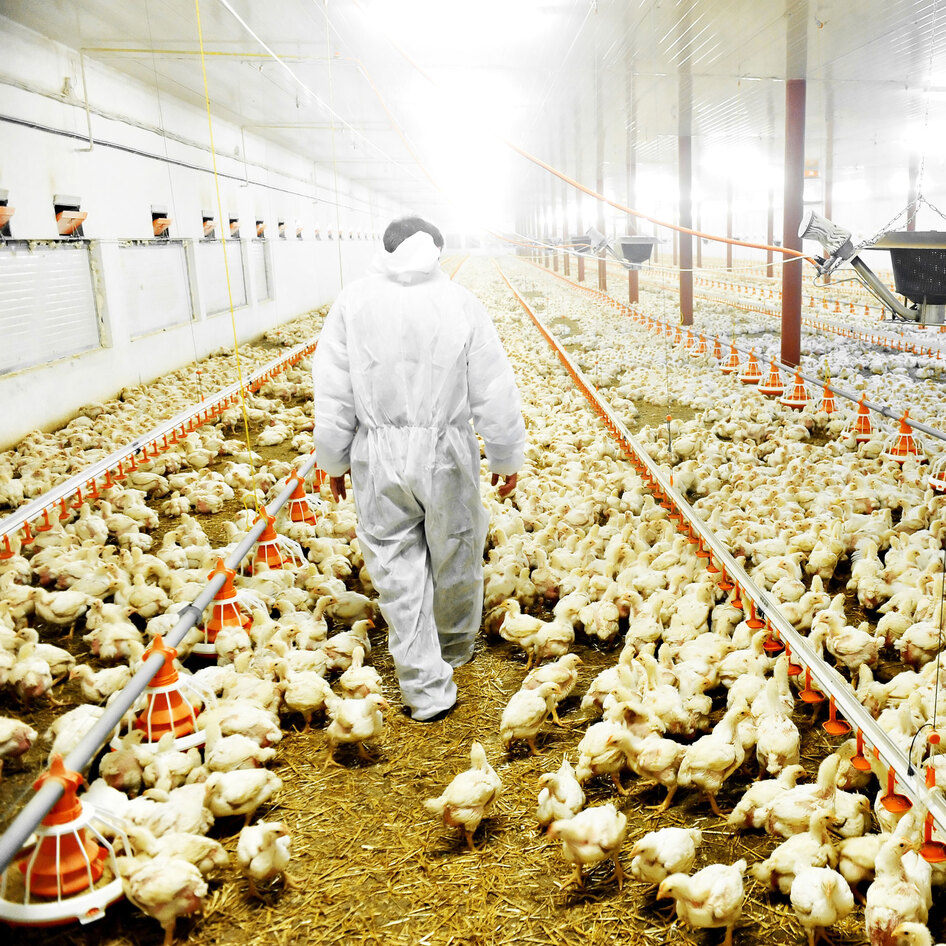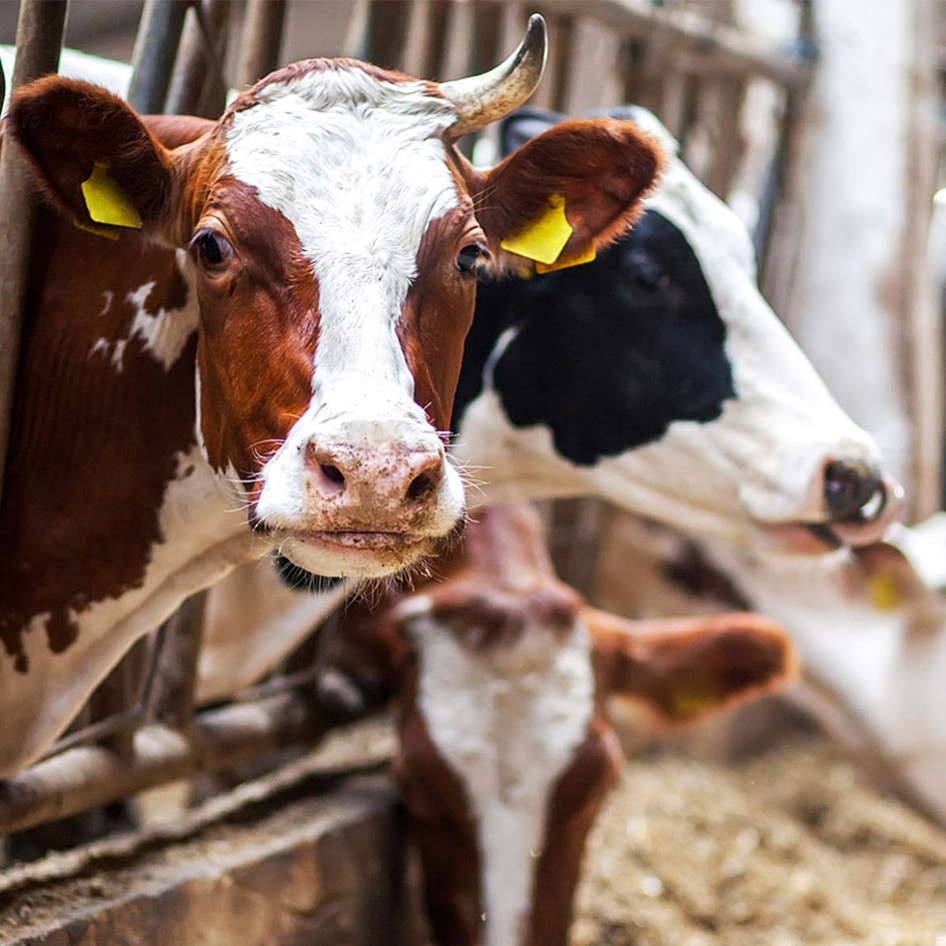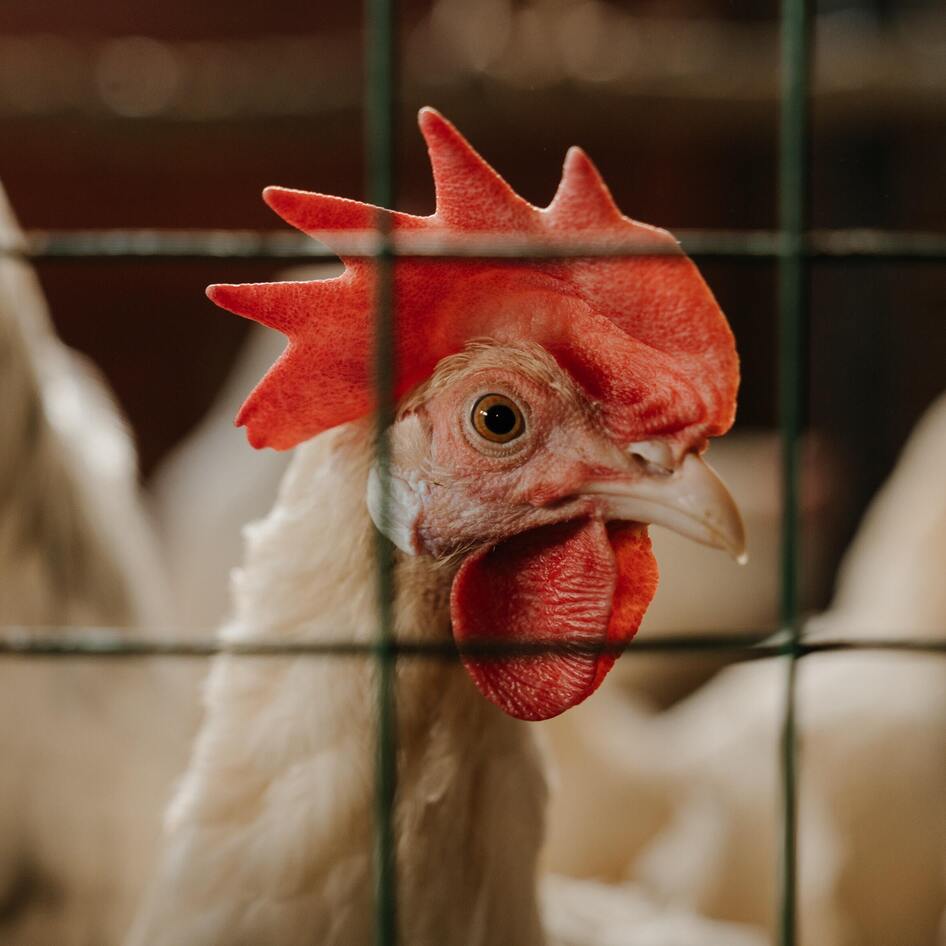36 Groups Fight USDA High-Speed Pig Slaughter Program
A coalition of organizations—including animal-rights group Compassion Over Killing—have banded together to oppose a new program that would put animal welfare, workers’ lives, and food safety in jeopardy.
February 7, 2018
Animal-rights group Compassion Over Killing (COK) joined a diverse group of 35 organizations this week in fighting the nationwide implementation of the United States Department of Agriculture’s (USDA) proposed system to eliminate the maximum speed at which pigs are slaughtered nationwide. The New Swine Slaughter Inspection System (NSIS)—which the USDA is posturing as a program that will modernize animal agriculture—is currently being tested as a pilot program in five slaughterhouses where the companies themselves determine slaughter speeds and are allowed to reduce the number of government officials inspecting the facilities for food and worker safety. COK former investigator Scott David complied undercover footage at participating plant Quality Pork Processors—where the slaughter rate is 1,300 pigs per day—and found rampant animal and worker abuse and conditions that would lead to grave food-safety concerns. “Anyone who has seen hidden-camera footage from inside a slaughterhouse knows that allowing these facilities to police themselves goes against common sense and the common good,” David said. The 36 groups against the expansion of NSIS submitted a joint letter to Secretary of Agriculture Sonny Perdue this week, while David will hand-deliver a petition—signed by 250,000 individuals—to the USDA urging the government organization to reject the program. “Only the meat industry stands to gain from the USDA’s so-called ‘modernization’ system,” COK Executive Director Erica Meier said. “It’s shameful, and there is nothing modern about this program that increases dangers posed to animals, workers, and consumers alike.” Last month, the National Chicken Council’s petition to remove maximum limits from chicken slaughter speeds (currently at 140 birds per minute) was rejected by the USDA on the basis that increased line speeds would pose health and safety concerns.
JUMP TO ... Latest News | Recipes | Guides | Health | Subscribe







